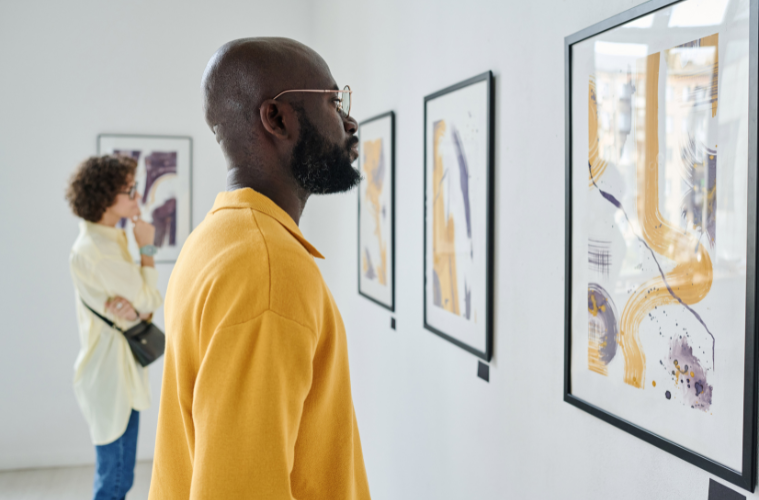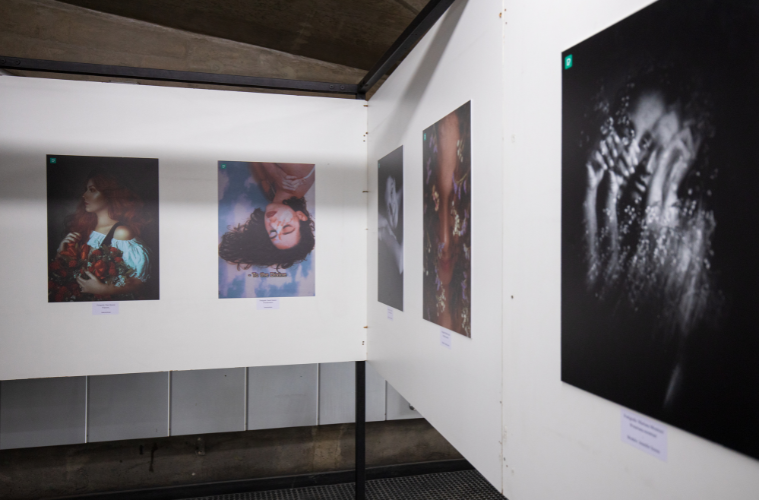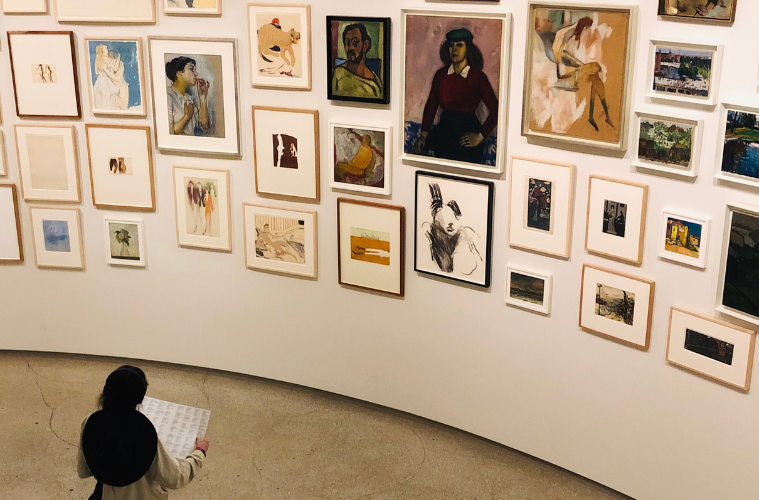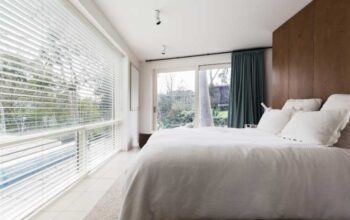Starting an art collection on a budget is an exciting and rewarding journey that allows you to surround yourself with pieces you love without breaking the bank. Whether you’re a complete beginner or looking to expand your collection thoughtfully, there are practical strategies to help you acquire meaningful artworks while managing costs.
Here’s a comprehensive guide on how to start collecting art on a budget.
Discover What You Love

Before making any purchases, spend time exploring the art world to understand your tastes. Visit exhibitions, galleries, art fairs, and auctions to see a variety of styles, media, and subjects. Follow artists, critics, and curators on social media to stay inspired.
The key is to identify what resonates with you personally rather than chasing trends. Collecting art is a lifelong relationship, so choose pieces you will enjoy living with.
Start Small and Build Gradually
You don’t need to buy a large or expensive piece right away. Many emerging artists offer small original works priced affordably, often in the $100 range. Starting with smaller pieces allows you to acquire multiple works, helping you refine your collecting instincts and develop a cohesive collection over time.
This approach also reduces the pressure of making costly mistakes and acts as an investment in your education as a collector.
Explore Prints, Editions, and Works on Paper
If original paintings or sculptures are out of reach, consider collecting signed limited edition prints, exhibition posters, or works on paper.
These are often more affordable and can still hold significant value, especially if the artist gains recognition. Prints signed by the artist tend to appreciate and provide a great entry point into collecting.
Buy Directly from Emerging Artists

Connecting directly with emerging artists can be a budget-friendly way to start your collection. Many artists sell their work through social media, open studios, or artist cooperatives without gallery markups.
This not only supports artists directly but also often results in better prices. Don’t hesitate to reach out to artists and inquire about available works within your budget, including older pieces they might have on hand.
Use of Online Platforms and Auctions
Online galleries and platforms have democratised art buying, making it easier to browse, compare prices, and purchase art from the comfort of your home. Many offer payment plans that allow you to spread the cost over time, making higher-priced works more accessible.
Additionally, local and online auctions can be excellent opportunities to find original artworks at discounted prices, sometimes starting as low as a few hundred dollars.
Set a Budget and Buy Consistently
Decide how much you can comfortably spend on art annually or monthly, and stick to it. Regularly setting aside a budget, such as $500 a year, can gradually build a meaningful collection over time.
This disciplined approach helps prevent impulse buys and ensures you invest in pieces that truly speak to you. Remember to factor in additional costs like framing, shipping, and insurance when planning your budget.
Be Open to Thrifting and Secondhand Finds
Secondhand stores, estate sales, and consignment shops can be treasure troves for original art, especially local artists’ works that may have been overlooked. These venues often offer unique pieces at lower prices than galleries, allowing you to find affordable gems with character and history.
Focus on the Joy, Not Just Investment
While some collectors buy art as an investment, it’s important to prioritise the pleasure you get from owning and living with art. Art is a source of daily inspiration and joy, often providing more value than many other purchases.
Viewing your collection as a personal passion rather than solely a financial asset will lead to more fulfilling choices.
Final Thoughts

Starting an art collection on a budget is about thoughtful discovery, patience, and connecting with artists and artworks that inspire you. By exploring small works, prints, emerging artists, and online platforms, you can build a unique and meaningful collection that grows with you, without needing a fortune.
With consistent effort and a clear sense of what you love, your art collection can become a lifelong source of enjoyment and personal expression.



